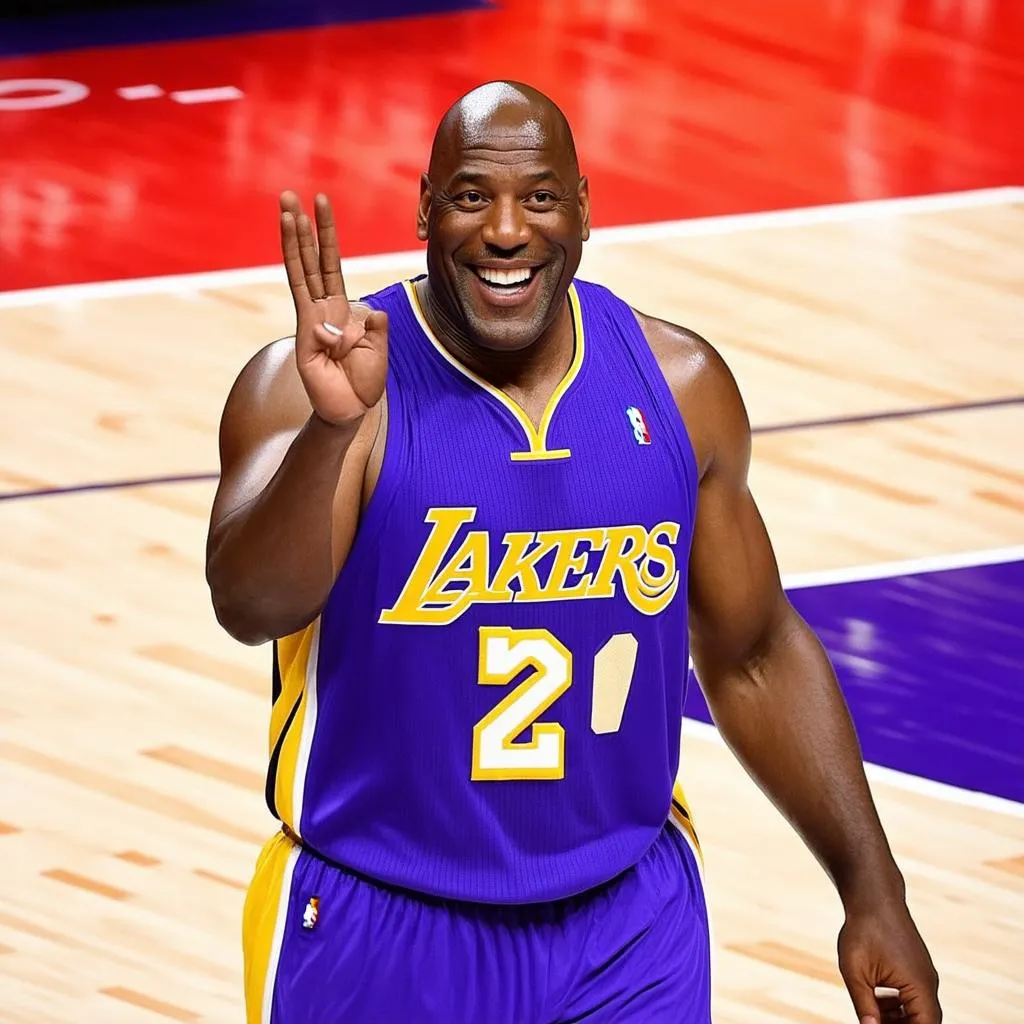“He’s moving his feet! That’s a travel!” If you’ve ever watched a basketball game, you’ve likely heard this phrase shouted, followed by the referee’s whistle and a chorus of groans or cheers. But what exactly does “travel” mean in basketball, and why is it such a critical rule?
This comprehensive guide will break down everything you need to know about traveling in basketball, from its definition and history to common examples and ways to avoid this common violation. So, whether you’re a seasoned player or a curious spectator, get ready to up your basketball IQ!
What is Traveling in Basketball?
In the simplest terms, traveling in basketball occurs when a player holding the ball moves illegally with their feet. The rules are designed to ensure players dribble the ball while moving and prevent them from gaining an unfair advantage by simply walking or running with the ball.
Breaking Down the Rules:
While the concept seems straightforward, the specifics can be a bit tricky. Here’s a closer look at the rules governing traveling:
1. Establishing a Pivot Foot:
- Once a player catches the ball, they must choose a pivot foot. This foot acts as an anchor, and the player can only move the other foot (their non-pivot foot).
- They can lift their pivot foot but cannot put it down again until they shoot, pass, or dribble the ball.
2. Taking Steps:
- A player is allowed to take two steps legally after catching the ball without dribbling. These steps must be taken before the pivot foot is lifted.
- Think of it this way: one step to gather, one step to shoot or pass.
3. Dribbling:
- Once a player stops dribbling, they cannot start dribbling again. This is considered a double dribble, another common violation.
Common Travel Violations:
- Taking too many steps: This is the most common travel violation, where a player takes more than two steps without dribbling after catching the ball.
- Lifting the pivot foot: Moving the pivot foot before releasing the ball for a shot, pass, or dribble results in a travel.
- Shuffling feet: Sliding or shuffling the feet without properly dribbling is also considered traveling.
Why is Traveling a Foul?
Traveling is penalized in basketball to maintain fairness and the integrity of the game. Here’s why:
- Prevents unfair advantage: It prevents players from easily moving around the court without dribbling, which would make it incredibly difficult for defenders to guard them.
- Promotes ball movement: Enforcing traveling rules encourages players to pass the ball and work together as a team, leading to a more dynamic and engaging game.
 Traveling violation in basketball
Traveling violation in basketball
Traveling: Not Just a Basketball Term
Interestingly, the term “travel” extends beyond the basketball court. In fact, it has become a common phrase used in everyday language to describe similar situations where someone breaks the rules or takes advantage of a situation.
For example, imagine a group of friends deciding who gets the last slice of pizza. If someone tries to sneakily grab it without anyone noticing, their friend might exclaim, “Hey, no traveling! We haven’t decided yet!”
This illustrates how the concept of “traveling” has transcended its athletic origins to become a relatable expression for calling out unfair actions or rule-breaking in various contexts.
Avoiding Travels: Tips for Players
- Master the Fundamentals: Practice dribbling and footwork drills regularly to develop a strong understanding of the rules and improve your coordination.
- Be Mindful of Your Feet: When you catch the ball, consciously establish your pivot foot and count your steps to ensure you don’t exceed the limit.
- Don’t Get Caught Flat-Footed: Stay on the balls of your feet and be prepared to react quickly to avoid traveling when receiving a pass or grabbing a rebound.
Famous Travels in Basketball History:
While it’s usually referees who call travels, sometimes players themselves call out their own violations. One notable example is the legendary Magic Johnson. In a 1982 game, Johnson famously called a travel on himself after making a spectacular move to the basket. His honesty and sportsmanship were widely praised, demonstrating that even the best players can make mistakes.
 Magic Johnson Calling Travel
Magic Johnson Calling Travel
Traveling and Feng Shui: Finding Balance in Motion
The concept of “traveling” in basketball surprisingly aligns with the principles of Feng Shui, the ancient Chinese art of harmonizing energy flow. In Feng Shui, balance and intention are crucial for creating a harmonious environment. Similarly, in basketball, players must maintain balance and control their movements to avoid traveling and achieve their objective – scoring points.
Just as a cluttered room can disrupt energy flow in Feng Shui, traveling disrupts the flow of the game. Both situations highlight the importance of mindful movement and intentional action for achieving optimal results.
Planning Your Next Trip? Visit travelcar.edu.vn!
Speaking of travel, are you planning your next big adventure? Whether you’re a basketball enthusiast looking to catch a game in a new city or simply seeking travel inspiration, be sure to check out travelcar.edu.vn. Our website offers a wealth of information on destinations worldwide, travel tips, and insightful articles to help you plan your perfect trip.
Conclusion:
Understanding the nuances of “travel” in basketball is crucial for both players and fans alike. By grasping the rules and appreciating their significance, we gain a deeper appreciation for the sport’s intricacies and the importance of fair play. So next time you’re watching a game, impress your friends with your newfound knowledge of this fundamental rule!
Did you find this article helpful? Share it with your friends and leave a comment below with your thoughts on traveling in basketball!